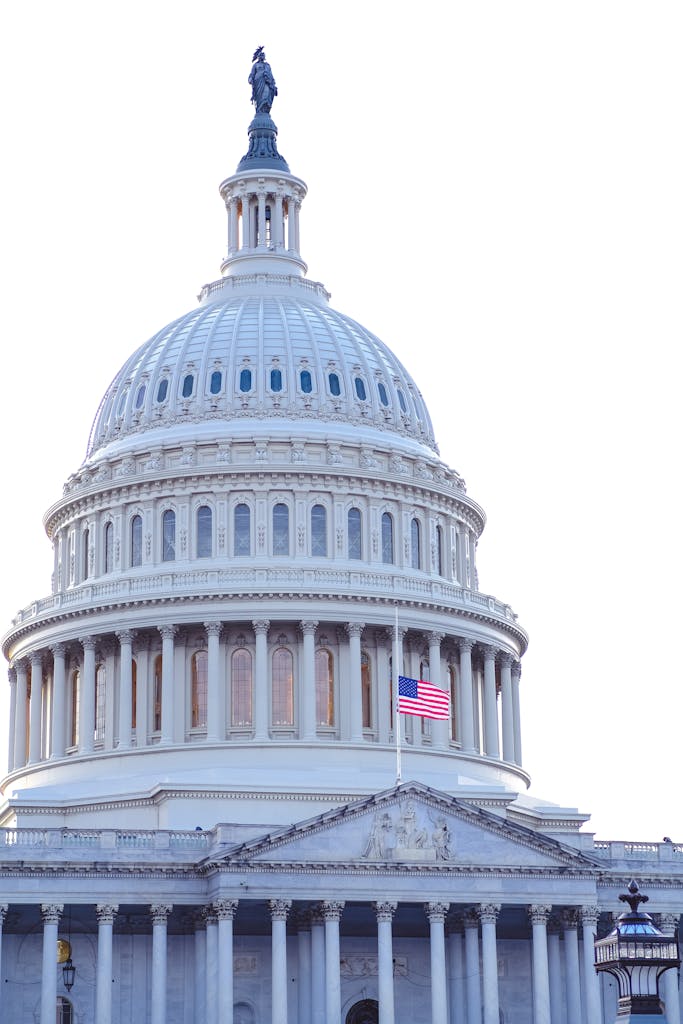EB-5 Program
What Is EB-5?
The United States Congress created the Employment-Based 5th Preference (EB-5) Program in 1990, to help stimulate the U.S. economy and encourage foreign investment in the country. EB-5 offers a pathway to permanent residency—commonly known as a green card—in exchange for investments that create U.S. jobs in specific areas.
Here are some key points about the EB-5 program:

Investment Requirements
Investors are required to invest a minimum amount of either $1,050,000 or $800,000, depending on whether or not the investment is made in a designated Targeted Employment Area (TEA). TEAs are designated as rural areas, areas with high unemployment rates, or infrastructure projects.
Number of Visas Provided
Each year, the EB-5 program provides up to 10,000 visas for qualified investors and their families.
The Investor Petition Process
Investors go through a 2-step petition process:
1. Prove to United States Citizenship and Immigration Services (USCIS) that the investment will create the required number of jobs and have a positive economic impact.
2. After a 2-year conditional residency period, demonstrate that the investment funds were used appropriately and that the required jobs were created.
Benefits to the United States
EB-5 investments bring capital, jobs, and economic development to areas in the United States that may not otherwise have good access to traditional funding sources.
The program has contributed significantly to job creation and economic growth since its inception, creating over 1.35 million American jobs from more than $50 billion in investments.
Type of Projects
EB-5 funds are used in various types of projects across different sectors, including hospitals, housing developments, commercial and mixed-use projects, renewable energy plants, hospitality establishments, schools, infrastructure projects, manufacturing facilities, logistics centers, and the redevelopment of closed military sites.
Overall, the EB-5 program serves as a tool for stimulating economic development and job creation in the United States—while providing a pathway to permanent residency for eligible investors and their families.
Why Rural Projects?
Rural projects provide the quickest route to residency within the EB-5 program, and applicants who invest in these projects enjoy priority processing with allocated visas for investors.
How Long Does Processing Take?
Non-priority projects typically undergo approval times of 2 – 3 years. But we currently estimate that priority processing will take approximately *1 – 2 years.
Currently, the law mandates that the department of U.S. Citizenship and Immigration Services (USCIS) adjudicate petitions within 120 days. But while this timeline is ideal, it’s not currently realistic.
That said, there is promising news: processing times are on a positive trajectory. USCIS is actively hiring more adjudicators and collecting larger fee revenues to enhance the processing of these petitions.
*Terms and conditions apply.
The Rural Project Advantage
Rural projects receive the highest allocation of set-aside visas in the EB-5 program. This is particularly crucial for investors born in high-demand countries such as
Investors from these markets face the risk of visa retrogression, where the demand for visas surpasses the country’s annual quota. Result: prolonged green card waiting times, even after petition approval. Selecting an EB-5 project in the rural category can help mitigate such delays, since these projects benefit from a 20% visa set-aside every fiscal year—the most substantial allocation in the EB-5 program.